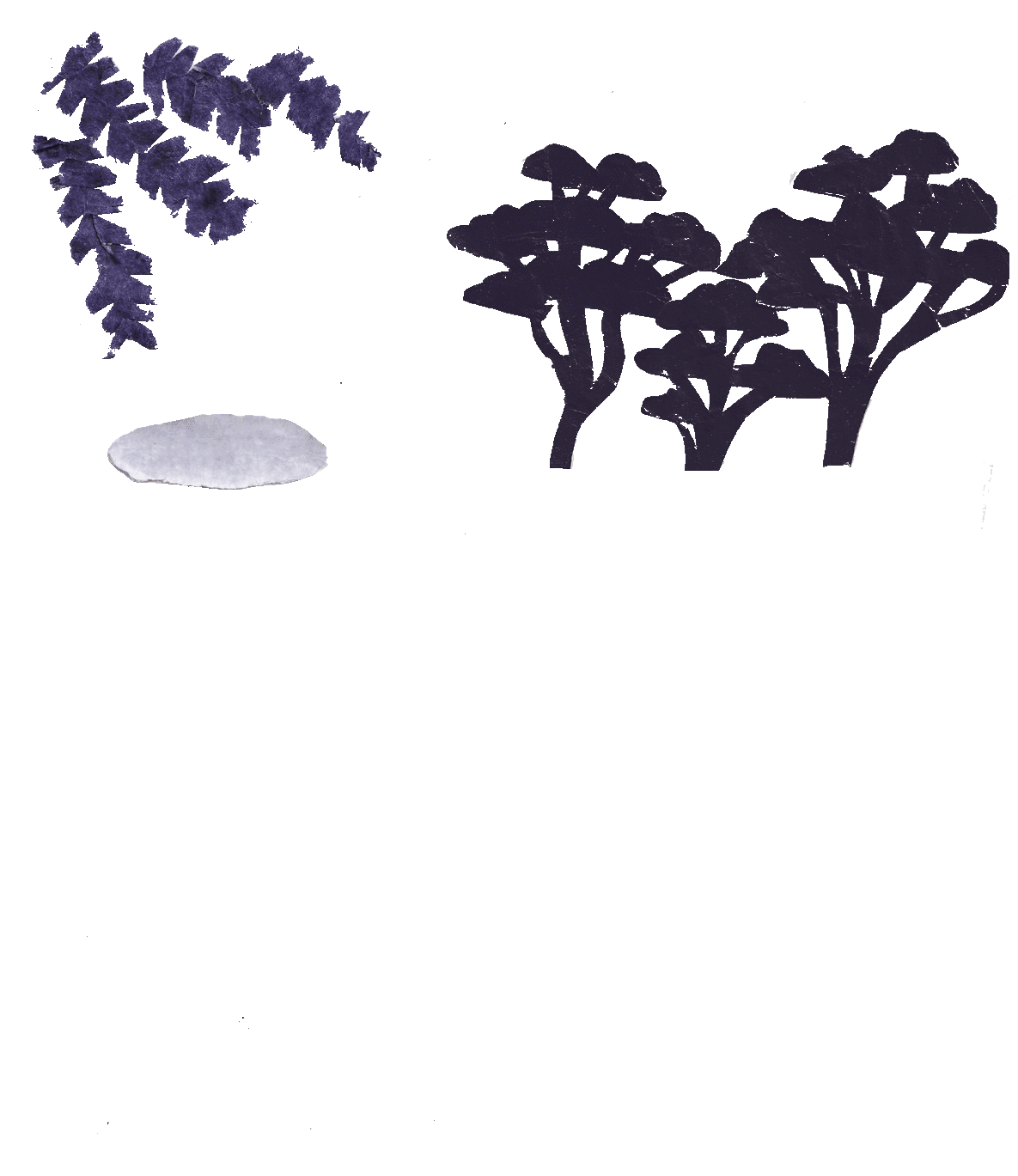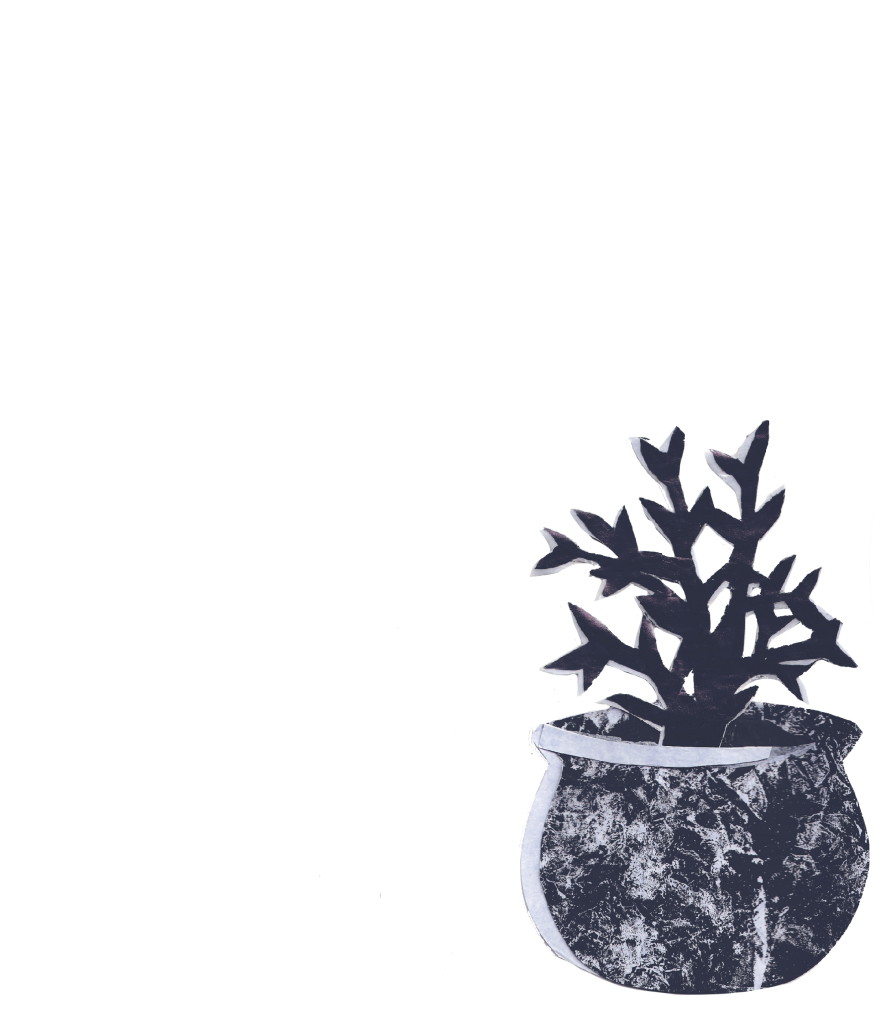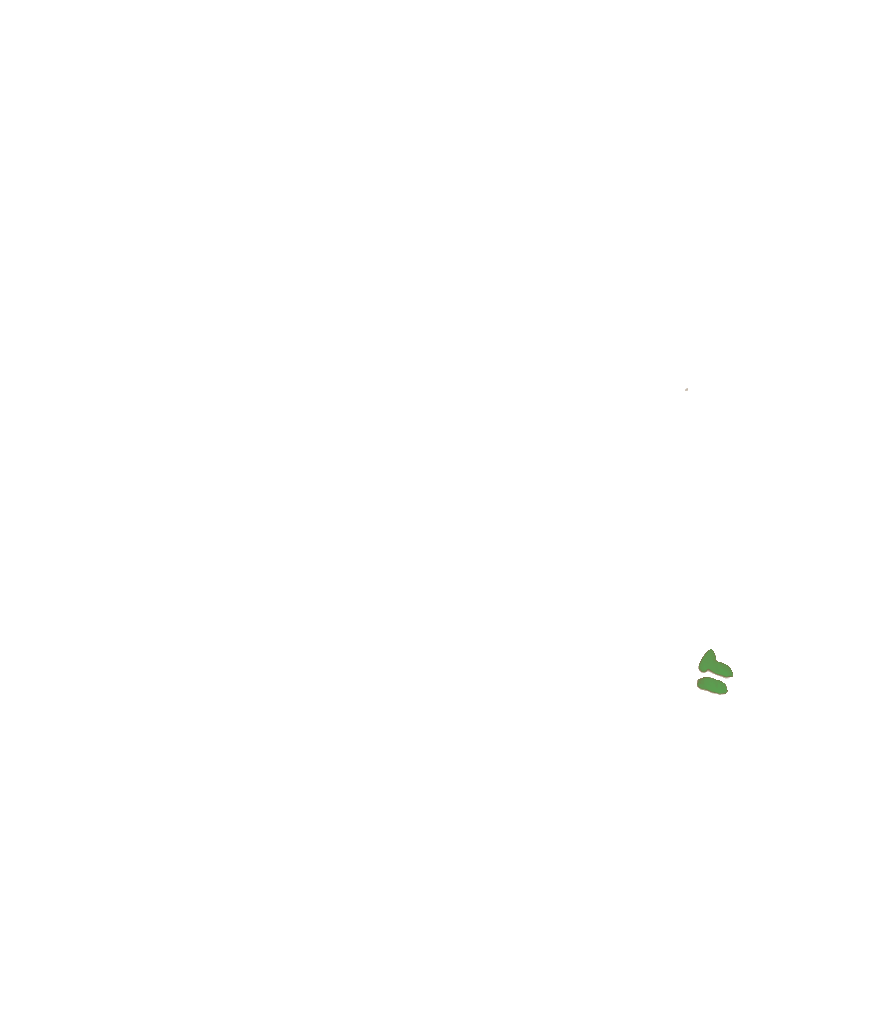︎ Augmented Reality
I used this project as an opportunity to teach myself how to use Augmented Reality, with both EyeJack and Spark AR. I had previous experience with Eyejack, and learned more about Spark AR through tutorials and experimentation. I found Spark AR particularly interesting because of the capability to layer elements and make them pop off the page, which I made particular use of in the second story to compliment my use of layered paper. I hoped to use this to immerse viewers more in the hand-generated ness and textures of my illustrations. In addition, a big benefit of Spark AR was the ease of accessing it; anyone with instagram or facebook could access it. Additionally, Spark AR seemed to have more interactivity capabilities, as through experimentation I discovered that it allowed some pinned objects to be picked up and moved around. This is something I would love to experiment with more to make the best use of the interactive elements of ‘When the Drought Is Over’.While this was fun to experiment with, through my experiments I discovered that the file size limit for publishing on Spark AR was very restrictive, especially for a frame-by-frame animation. Thereby I prototyped my layered animations in Spark AR, but used the app Eyejack to make the book work. While it creates an extra step for users in downloading the app Eyejack, it is better designed to handle and store video files. In the future, I would love to continue learning about and pushing the capabilities of these AR programs, and learning from people who know more about them.
Below are the five individual layers for one spread, individually and as assembled in Spark AR:






While this project is by no means representative of the wide range of experiences of drought in regional NSW, engaging with this topic on a small and personal scale has helped me greatly in understanding the storytelling tools which might be used to help users connect with these stories. I hope that my findings in communicating and structuring interactive stories in particular can be developed further into outcomes which engage with regional communities on a larger scale.
This project was created under the Visual Communication Design: Honours program at the University of Technology, Sydney. Many thanks to Zoe Sadokierski (subject coordinator), Gabe Clarke (group leader), my peers in class, and to my friends and family in Tamworth, NSW who contributed stories to the book.
References:
- Lupton, E. 2017, Design is Storytelling, Cooper Hewitt, New York.
- Fowler, H. 2017, Together again, Hayden Fowler, < http://www.haydenfowler.net/projects/together-again.html>

